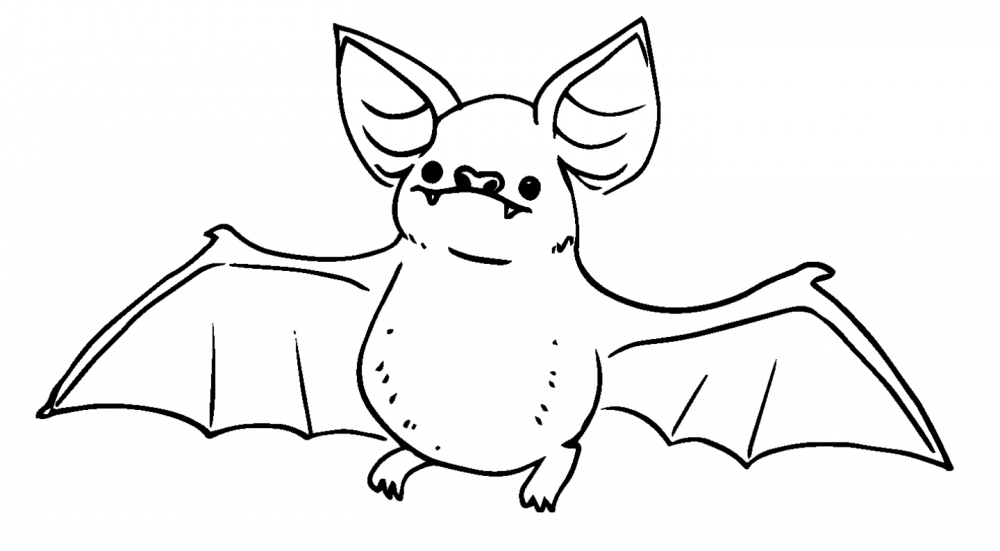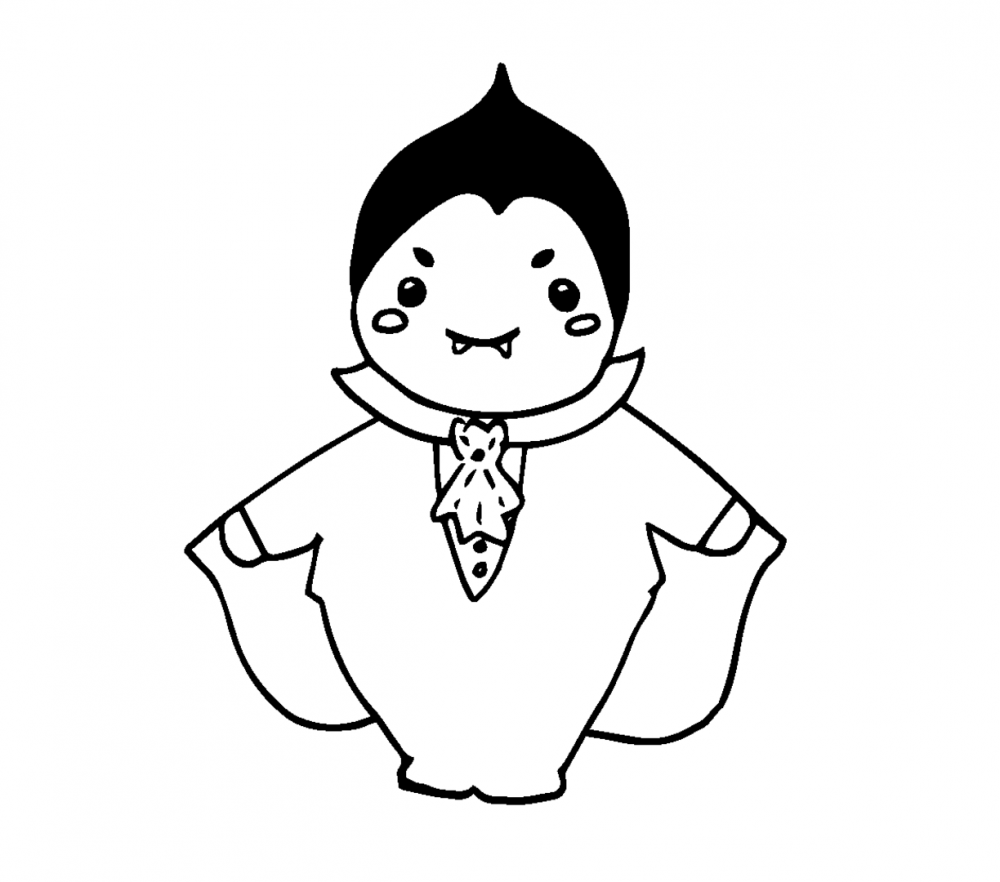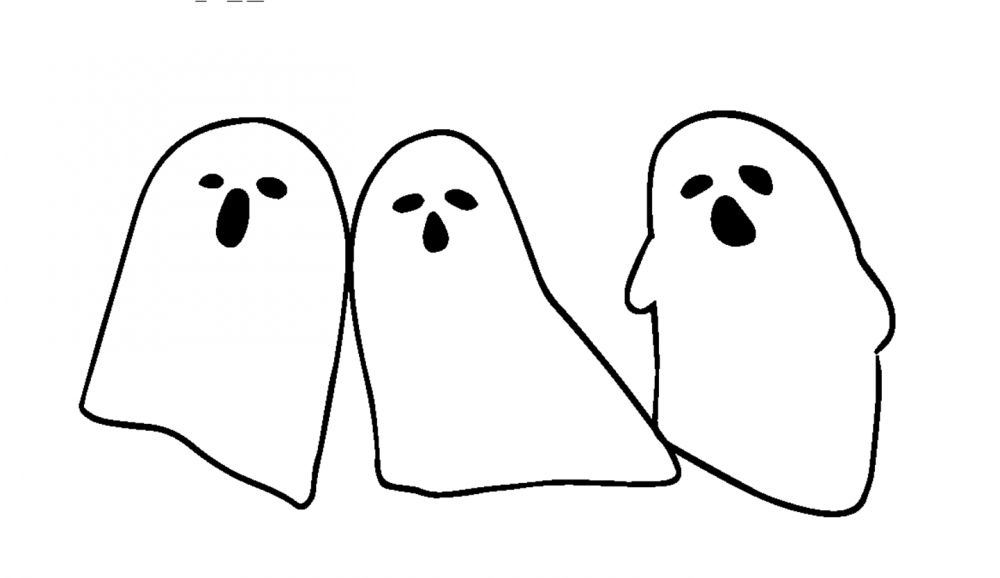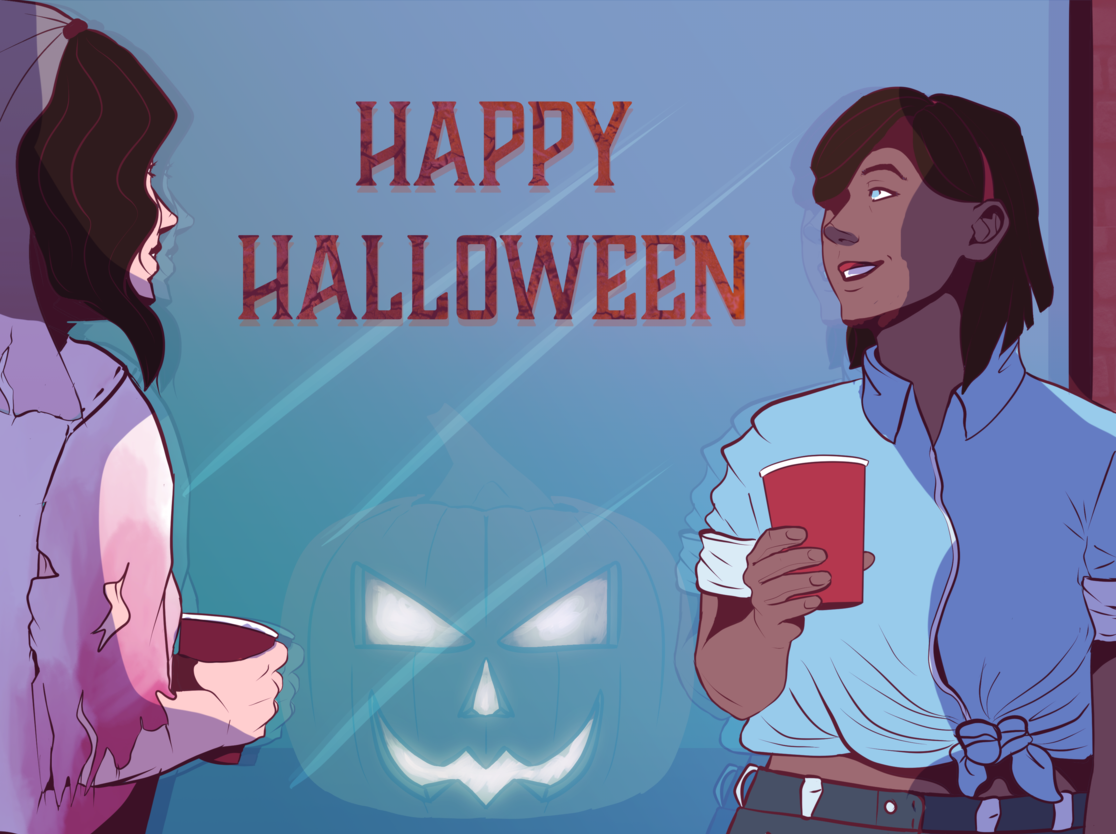You walk west down your street, listen to the squeals of children eager to fill their pillowcases with candy. You pass a tin man, a lion, and a scarecrow; where’s Dorothy? Further on, Princess Jasmine, a minion, a gumball machine, and an astronaut skip past you, bags already heavy at their sides. Two parents follow close behind, eyes alert for predators. (Later, they’ll dump the contents of the haul on the kitchen table, checking for razor blades or bags of ecstasy that look disturbingly like Rockets.)
Finally, you reach your destination. A remix of “Spooky Scary Skeletons” with a thrumming bassline thuds out to meet you as you take the steps two at a time. You don’t have to ring the bell; the door is open. You cross the threshold, pass a zombie banana and a mad scientist intertwined on a couch so you can’t see where the banana begins and the scientist ends; the scientist’s fake blood now covers the banana, so that it looks as though a horrible accident has taken place. You walk on, find your friends taking shots in the kitchen. You toss your broom aside, pull the tequila from your bag, join the festivities.

Now imagine this night again 200, 800, 2,000 years ago — what would be different? In reality, not much; there are still treats to be had, alcohol to be drunk, friends to see.
Halloween, or Samhain, as it’s originally titled, began over 2,000 years ago as a pre-Christian Celtic celebration of the dead, as well as a transition between autumn and winter. Starting October 31, farmers harvested their crops for the final time, and ensured their livestock were kept safe and warm for the coming cold months. The Celtic calendar was divided by four major holidays, and Samhain was the most momentous, as it was the end of the Pagan year — a time to harvest, a time to reflect.
Not only was it a time to bring the season to a close, it was also a celebration of the dead. After all, Pagans believed Samhain was a time when the dead were closest to our world. A bonfire was used as a guide for the dead’s journey to and from the world of the living, as well as a way to honour them. And, in order to appease the spirits and keep the living safe, people left food and drink on their doorstep as an offering to the dead, in order to keep the dead from harming them or taking them back to the underworld.
However, costumes didn’t come in until later, when people began dressing up as the ghosts and ghouls they most feared in order to get treats for themselves. Funnily enough (or perhaps not), we became the things we feared the most, and continue to do so more than 2,000 years after the tradition started.
Back to the question: what would be different? Really, the most glaring contrast is the lack of purpose. One problem with how Halloween is currently celebrated is that, for the majority of the population, there’s no purpose behind it other than to eat copious amounts of sugar and to get drunk. We buy an expensive costume, eat an entire bag of Tootsie Rolls or mini Mars bars, drink too much alcohol, and wake up the next morning feeling as though we’ve been run over by a fleet of witch’s brooms. Most of us don’t harvest our last crops, nor do we pay respects to the dead.
Kaitlin, on the other hand, tries to incorporate traditional Samhain practices when autumn rolls around once more. Kaitlin Rhiannon — a 14th-generation Familial-Traditional Witch that comes from a long line of healers — clears away the remaining summer decor before welcoming autumn into her home.
“I will bring in symbols of the end of the season: leaves in red and gold, pomegranates, gourds. I prepare for the cold that follows Samhain as we make ready for winter. This is also a great time for canning/preserving, or drying meats.”
Kaitlin’s practices are in line with the origins of Samhain and the conventions of the million other Pagans in the world. Some other common autumn practices among Pagans are baking and sharing apple cakes and ciders with friends, communing with nature by going for a walk and admiring the changing leaves, or focusing on an intention, such as gratitude for the year that has passed.

Let’s backtrack to the party. You’ve moved onto the back deck where your friend has coaxed you into taking cherry Jell-O shots with her. You don’t even like cherry Jell-O, but it’s all in the spirit of Halloween, right? So you down the shots, wobble over to the edge of the deck, lean against the railing. Superwoman runs past you, yelling something about the patriarchy as Wednesday Addams chases her. The guy on your left; what is he supposed to be? Did he really think blackface was appropriate? Did no one tell him?
Dressing up for Halloween is fun. In present day, it’s an excuse to become something you’re not for a night (like, say, a princess. Who doesn’t want to be a princess?). However, Halloween is not an excuse to be offensive — for example, dressing up as a mental illness or a different race. You don’t need to go very far before you see people (often Caucasians) dressed as KKK members, terrorists, or Indigenous peoples. (One costume’s name at Spirit Halloween is — I shit you not — “Reservation Royalty.”) Walking the aisles at Spirit Halloween, you can also find masks of Donald Trump’s face — offensive in its own right. Who wants to wear his face?
Then, of course, there’s the controversy from last year: a child’s costume titled “World War Two evacuee girl” which bore a disturbing likeness to Anne Frank, whose famous diary depicts her life as a German Jew hiding from Nazis in Amsterdam during World War II. Unsurprisingly, this was pulled from shelves rather quickly — so why do costumes of Indigenous, transgender, and the mentally ill still exist?
The fact of the matter is, some people don’t think that using blackface, or slapping on a sombrero and a mustache, or dressing as a gender identity, or as an eating disorder is offensive. They don’t think about the harm they’re causing to others, because they’re only thinking about the laughs they’ll get from friends, or the shock value of offending people. Sometimes, they don’t think. Period.
Kaitlin’s least favourite aspect of Halloween is, unsurprisingly, the insensitivity of some people. “People use it as an excuse to ‘get away’ with being insensitive and intentionally derogatory — such as blackface, or ‘sexy Indian princesses.’”
Then there’s the fetishization of anything you can imagine. Sexy nun? Yep. Sexy clown? Got it. Sexy minion? Why not! I don’t have a problem with people showing skin (in fact, I applaud it), but the fact that the industry has cashed in yet again, pumping out costume after costume for $60 a pop when there’s about $10 worth of fabric, is repulsive.
Kaitlin has a similar view: people can dress how they want, especially if it gives them confidence. But there is one thing that troubles her. “I am bothered by the obvious imbalance of male to female ‘sexy’ costumes, as well as the fact that the men’s costumes usually look much more closely to what they are imitating than what women’s costumes end up being.”
Despite this, she doesn’t have complete disdain for the act of dressing up for Halloween. “It’s definitely fun to indulge in playing dress-up (or dress-down, as the case may be). Just don’t be insensitive for the sake of ‘being allowed.’”
Kaitlin’s view of the commercialization of Halloween is one of annoyance, but unfortunately, it’s also come to be the norm. “To be honest, I’m used to it. I’ve seen it as such my whole life, even though at home I knew the old traditions and how they still remain relevant now. It’s not really different than any other desanctified holiday to me.”

As a teenager, I absolutely partook in the same festivities my friends were. We dressed up, got far too drunk, and danced to the “Monster Mash” until 3 a.m. But I’m getting old (in spirit, at least). The last five years or so, I’ve celebrated Halloween my way. I carve pumpkins and eat candy, of course, but I also take walks outside to enjoy nature, cook dinners with friends, and reflect on the year that has just past; what I’ve done well, what I’ll do differently next year.
Kaitlin has a similar story: the celebration of Samhain has changed quite a bit for her now that she’s an adult. “For one thing, I don’t trick-or-treat anymore. When I was little, even though I knew the basic concept of Samhain, I didn’t learn some of the more sombre aspects of the day. When I was little, I would attend rituals and sometimes help in distributing the blessed food and drink; now I’m an ordained Priestess who has performed rituals with others in my Temple.”
So, if you’re fed up with the commercialization of Halloween, or just looking to reconnect with society’s Pagan roots, you can do so simply by focusing on a few things: balance, and how you incorporate it into your life; gratitude, and what you’re thankful for this year; letting go, and disposing of anything (physical or otherwise) that will only hold you back in the coming year.
Kaitlin has one last piece of advice for everyone to be aware of this Halloween: “Samhain is the Death cycle on the Wheel of the Year. At its peak, the veil between our world and the world of Other is thinnest, and we are a lot more likely to be contacted by those who have passed on. Don’t be alarmed if someone pays a visit to you in your dreams, or in your peripheral vision.”
The party is winding down now; Superwoman and Wednesday Addams have stumbled off, hand in hand; the Jell-O shots are gone; the front of your dress has someone else’s beer on it and you’ve misplaced your broom. No matter — the sticks were falling out of the end anyway. You walk home surrounded by night. There are no more children, no more parents trailing behind. Doors are shut tight, and the remnants of firecrackers litter the streets.
You open your door as silently as possible but stumble over a rogue pair of boots on your way in. You stand in the pitch black, hoping not to have woken your family; no one stirs. You take the stairs, carefully, your hand on the wall to support yourself. Flopping onto your bed, you don’t bother to change. Instead, in the drifting moments between awake and sleeping, you wonder: did I have fun?
A question for another time, perhaps when the tequila has left your system. For now, another Halloween has come and gone. In the night you dream of bonfires and harvests, candy apples and popcorn balls. You dream of cakes shared with friends. You dream of death and renewal.
I want to reiterate: there’s no wrong way to celebrate Halloween. I’m not telling you to return your costume or dump your drinks down the sink, nor am I telling you not to eat that bag of Halloween candy. (Your dentist, however, may say otherwise.) What I’m saying is, it might be a good idea to pause and think about why you’re celebrating the way you do. Far too often, humans do things because everyone else is doing them that way, or they’ve never done it differently. This Halloween, take a moment and reflect on what you’re doing. And, however you decide to celebrate, watch out for ghouls — you never know where they may be lurking.
Images: Kayt Hine & Renee Campbell




